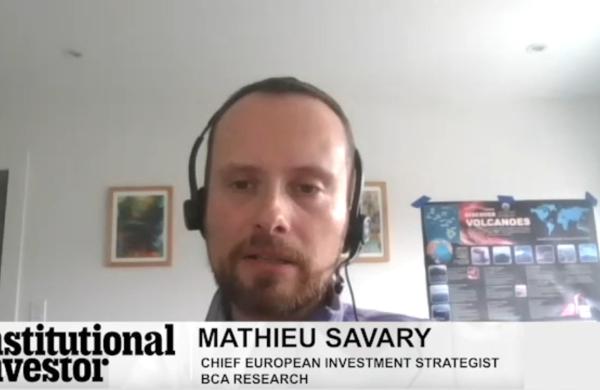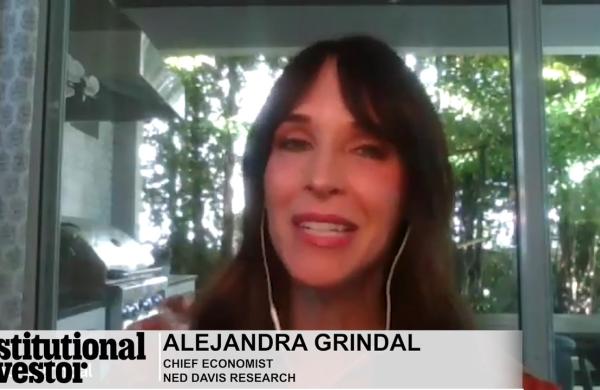To view a PDF of the report, click here.
Assets in ETFs reached record highs in April—driven mainly by allocations to fixed income. While this may look defensive, investors are using index-linked products to reallocate risk budgets, boost yield, and seek growth opportunities.
By Howard Moore
They keep growing. Assets invested in ETFs and ETPs (exchange-traded funds and products) listed in the U.S. reached $2.22 trillion, a new record high, at the end of April 2016, according to data from ETFGI. Record asset levels were also reached for ETFs and ETPs listed in Canada, Europe, Japan and Asia Pacific (ex-Japan). The global grand total stands at $3.32 trillion.
ETF flows have reflected equity market volatility since August 2015. “It’s a risk-on, risk-off market,” says Dan Dolan, director of wealth management strategies at Sector SPDRs. When it’s risk-on, there’s strong interest in cyclicals; when it’s risk-off, investors become defensive and there’s a flight to quality. “January and February were brutal, with significant outflows,” he says. At that time, there was a strong flight to quality, with significant inflows into utilities and consumer staples, while consumer discretionary and technology ETFs saw outflows. One interesting sector is financials, whose performance has been driven by interest rates and the Federal Reserve’s moves. “The second there’s a hint about interest rates rising, they rally,” Dolan says. Many believe that if the Fed raises rates, financials will benefit. “But we haven’t seen it—they’re down about $2 billion.”
The rally in March and April saw flows reverse themselves. “These cycles are moving more quickly,” Dolan says. In years past, these market cycles occurred over periods of several months. “Now, these reversals in the markets and changes in investor strategies happen over a month or two.”
Since the volatility that gripped the equity markets in the second half of last year, investors overall have been attracted to lower risk strategies. “Instead of wanting to add to market cap-weighted, S&P 500, Russell 3000 or EAFE exposure, investors are looking for solutions with less than full equity risk,” says Joanne Hill, head of institutional investment strategy at ProShares. The traditional way of reducing overall portfolio risk is to reallocate to fixed income instruments. “But investors are acknowledging that it may be not the right time for that,” she says.
On the fixed income side, most investors are not cutting back on allocations, and rates have continued to fall. “But investors are changing their strategies within fixed income by taking on more credit risk and shortening duration,” says Hill.
John Hancock is a newer entrant in the ETF space, having launched a suite of smart beta multifactor ETFs in September 2015 that blend three areas of exposure: value (stocks with a lower price-to-book ratio); size (with a bias toward smaller cap stocks within the large- and mid-cap universe); and profitability (companies that demonstrate high, consistent profits). “Those are the three factors that have shown consistent outperformance to market cap-weighted benchmarks since the 1920s,” says Phil Fontana, head of product development at John Hancock Investments.
Almost all are equity products that the index providers and issuers have tested for trading and liquidity. “We don’t approach pricing and trading smart beta strategies much differently than we would a traditional ETF,” Mahoney says. In order to keep ETF trading spreads competitive with market cap-weighted products, it is important that the underlying indexes are designed and constructed to be efficiently tradable.
“These systems have been popular in Europe for some time, and are now starting to gain traction in the U.S. market, creating a means of accessing ETF liquidity that fixed income portfolio managers are accustomed to,” Mahoney says. Because the platform is common for trading bonds, this trend could spur more growth in fixed income ETFs.





